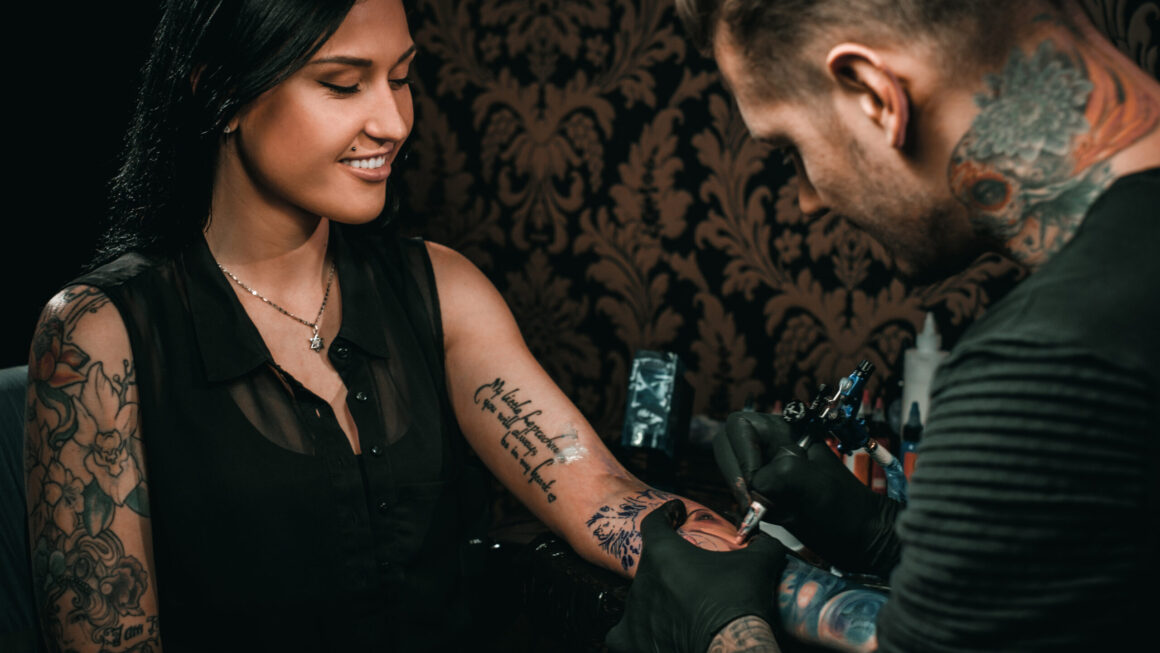Capturing Memories: The Beauty of Portrait Tattoos
Portrait tattoos are more than ink on the skin; they are a profound way to memorialize loved ones, celebrate icons, and tell personal stories. This art form requires not only technical skill but also emotional sensitivity, as each piece carries significant meaning. The creation of a portrait tattoo is a journey, from selecting the right artist to enduring the needle, and finally, preserving the artwork for years to come. Below, we explore the intricacies of portrait tattooing and provide essential insights for anyone considering this unique tribute.
Selecting the Perfect Artist for Your Portrait Tattoo

Finding the right artist is crucial for a successful portrait tattoo, as it requires a high level of skill and precision. It’s important to conduct thorough research to discover an artist whose style matches the vision you have for the tattoo. Most artists have portfolios available online or in their studios, showcasing their work and allowing you to gauge their expertise, especially in the realm of portraits.
Meeting with potential artists in person can also provide valuable insight into their process and personality. Since creating a portrait tattoo is a collaborative effort, it’s essential to feel comfortable and establish a good rapport with the artist. They should be willing to discuss your ideas, offer creative input, and provide a clear understanding of what can be realistically achieved.
The Process and Pain: Preparing for Your Tattoo Session
The process of getting a portrait tattoo begins long before the needle touches the skin. Preparation involves both mental and physical readiness. It’s normal to feel a mix of excitement and nervousness, but understanding what to expect can help alleviate much of the anxiety. Start by getting a good night’s sleep, staying hydrated, and avoiding alcohol before your session.
Discuss with your artist any concerns or questions you may have about the process. They can guide you on how to sit or lie comfortably for the duration of the session, and advise on breaks, if necessary. Knowing that the artist is considerate of your comfort can ease the tension that comes with anticipation.
Pain is an inevitable part of the tattoo experience, but its intensity varies depending on individual pain tolerance and the location of the body. Portrait tattoos, often detailed and sizable, can require multiple sessions. Prepare mentally for the commitment and discuss with your tattoo artist any pain management strategies such as breaks or even topical anesthetics, if they recommend them.
Aftercare and Longevity: Preserving the Detail of Portrait Tattoos

Aftercare is paramount in preserving the detail and vibrancy of a portrait tattoo. Close adherence to the aftercare instructions provided by your tattoo artist will ensure proper healing. Generally, this involves keeping the tattoo clean, avoiding sun exposure, and applying the recommended ointments or lotions to prevent infection and promote healing.
Tattoos naturally fade over time, but diligent aftercare can slow this process. Wearing sunscreen on your tattoo can combat the fading effects of UV rays. Additionally, maintaining healthy skin through regular moisturizing can keep the lines sharp and the colors bright, ensuring your portrait tattoo remains as vivid as possible.
For those seeking the highest quality, seeking out the best portrait tattoo artist in their area or even beyond can make all the difference in achieving a lifelike and enduring rendition. Do not hesitate to travel for an artist who can best bring your vision to life; a portrait tattoo is a permanent investment worth the extra mile.
Legal and Ethical Considerations in Portrait Tattooing
Portrait tattooing, like any form of tattoo art, involves a range of legal and ethical considerations. Clients must be of legal age to obtain a tattoo, and artists must follow strict regulatory guidelines to ensure their practice is safe and lawful. Informed consent must be gained, along with clear communication regarding the design, process, and any risks involved.
Privacy and copyright are significant ethical issues in the world of portrait tattoos. It is crucial to have the permission of the person whose likeness will be used, especially if it’s someone who is not a public figure. Additionally, if the portrait is based on a photograph, one must ensure that the copyright holder of the image has granted permission for its use.
Overall, portrait tattoos are a unique and deeply personal form of art that offers individuals a means of expression, remembrance, and storytelling. From choosing the right artist to understanding the aftercare necessary to maintain the artwork, each step is critical in creating a lasting and meaningful piece. Navigating the complexities of portrait tattooing with care and respect ensures that these human canvases continue to captivate and tell stories for a lifetime.




